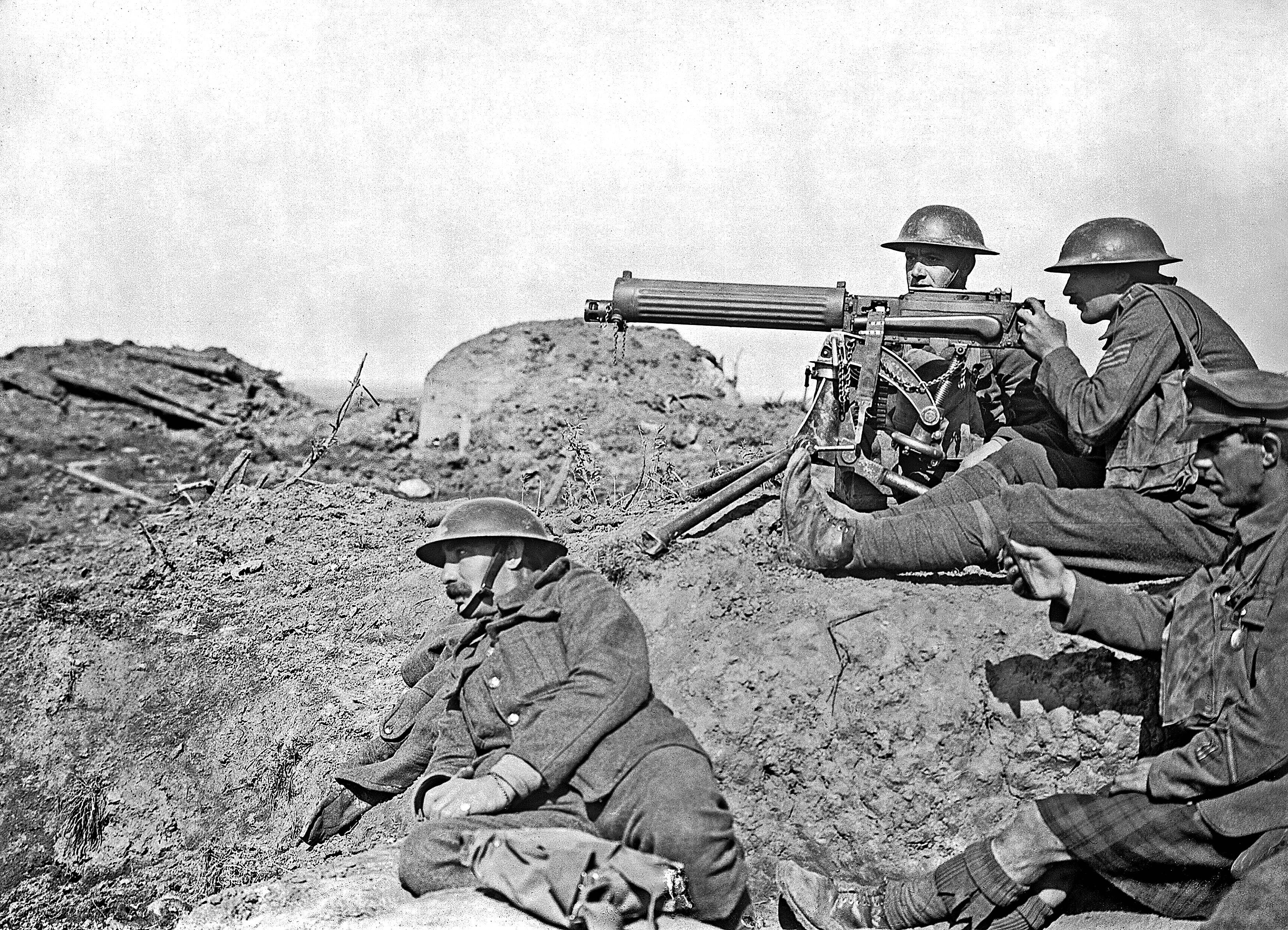Phil Egan
Prior to the start of the First World War the British Army adopted what would become one of its most reliable weapons of war.
It was known as the Vickers gun.
Capable of firing 450 to 500 rounds per minute, the machine gun remained in production for the next 46 years. And as its use spread, the Canadian Machine Gun Corps was created on April 16, 1917.
The machine gun came to be seen as an essential component of military power, and after the war a second corps was created with various Canadian militias formed into companies.
In 1920, plans for Sarnia’s own machine gun battery were nearing completion. It was to serve as a company of the 2nd Canadian Machine Gun Brigade headquartered in London, with Lieut. R.M. Thompson as its commander.
The search for a local headquarters but had just been solved, with rooms atop the old waterworks building at the foot of George Street to be renovated for the battery’s use.
The 44-year-old waterfront building was expected to be ready within weeks. In addition to a gunroom it would feature a large lecture and recreation room, a mess for the sergeants, an orderly room and quartermaster’s stores.
Eight Vickers guns were already en route to the city.
The Sarnia company was to be comprised of 43 men of all ranks, wearing khaki uniforms and known as “F” Battery of the 2nd Canadian Machine Gun Brigade. Among those already recruited were soldiers who had served overseas during the war, including some qualified machine gunners.
A notice in the April 19, 1920 issue of the Sarnia Observer advised candidates the company was still seeking recruits. Those interested could see the recruiting officer at the armoury on North Front Street on Monday nights between 8 p.m. and 9 p.m.
Once the Sarnia battery was at full strength, Lieut. Thompson would be transferred from Sarnia and Capt. N.L. LeSueur, M.C., a local citizen who had distinguished himself overseas, would assume command.
Machine gun companies continued to be part of the Canadian militia in Sarnia and other communities until three years before the Second World War, when the militia was reorganized and the corps disbanded.
But the machine gun continued to be recognized as a specialist weapon, and during the conflict to come many infantry regiments were formed designated machine gun battalions.


